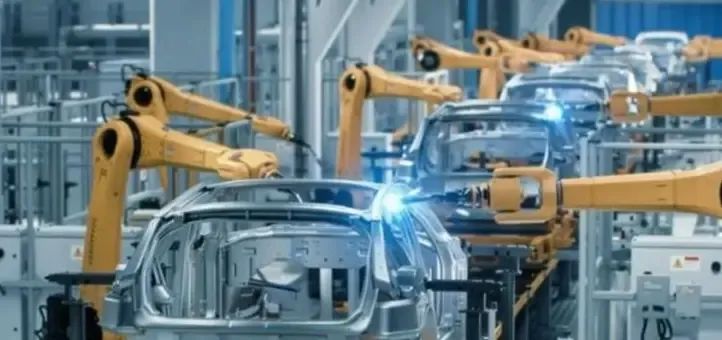
overview
When we start discussing which programming language to use in industrial automation applications, usually we start by talking about the languages used for programmable logic controllers (PLCs) in the IEC 61131-3 standard, such as classic Ladder Diagram (LD) or Structural ized text (ST). For applications such as robotics, we often see low-level compiled languages, such as C.
In recent years, many people have discussed using Python on factory production lines. What makes Python, an interpreted high-level language, suddenly so attractive? Python code often runs slower than compiled languages that are closer to machine code, and it is clearly not up to the task of real-time control, which is a major problem when developing industrial systems.
However, now we are seeing the impact of a series of factors that have brought Python to the spotlight in industrial applications. First, Industry 4.0 is changing the way we think about industrial automation, in particular it emphasizes the importance of “smart” manufacturing with greater autonomy, rich big data, and integration with next-generation technologies such as additive manufacturing and cloud computing. Technology is fully integrated.
Another impact of Industry 4.0 is the Industrial Internet of Things (IIoT), which connects industrial machinery on local networks for real-time machine-to-machine (M2M) communication and provides a continuous stream of sensor data for analysis. As a result, we are witnessing a convergence between information technology (IT) and operational technology (OT), breaking down the silos that have long separated IT professionals from operational technology professionals. After all, IIoT devices require the use of information technology to optimize their operations.
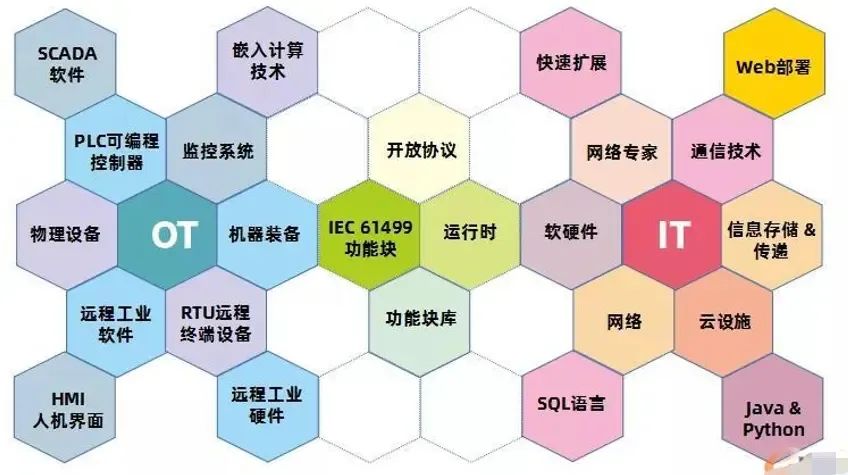
Here Python comes in handy. When we consider the advantages of the world's most popular programming language, we can see that Python has clear advantages when it comes to IIoT.
First of all, Python is powerful in analyzing and processing large data sets. Secondly, Python is highly readable and allows team members to better collaborate in writing or maintaining code. Finally, Python is open source and has a strong development community. Many applications choose Python as a development and maintenance language, such as Tensorflow, Pytorch, etc.
machine learning
Undoubtedly, the area where Python has had the greatest impact is machine learning (ML), a branch of artificial intelligence (AI) in which algorithms learn from data without any human-written rules. Common industrial applications include predictive maintenance and automated robotics.
Most ML today is written in Python, with frameworks such as PyTorch and Google’s open source TensorFlow using Python, and Amazon’s cloud AI service AWS SageMaker comes with a built-in Python software development kit (SDK). In short, Python is the best tool for the job.

The following are common industrial ML scenarios. Machine and sensor data are sent to the cloud, where we can leverage high-performance resources to train ML models. Once we have a trained model that can, for example, analyze when a machine is likely to fail, we can then return that model to the factory production line.
By embedding GPUs in production equipment for edge computing, or leveraging the resources of local IIoT gateways for fog computing, we can use our trained models in the field.
When we look at an automated robot, Python code will interpret high-level goals, which are then interpreted into actions by low-level compiled code that interacts directly with the hardware. A simple analogy is moving your arm: your brain sets the high-level intention, while the low-level nervous system moves your muscles.
As we move further into Industry 4.0 and find more innovative uses for AI, expect Python engineering skills to become an increasingly important asset.
computer vision
To get a robotic arm to pick something up, you first need to know what it's looking at. This is where computer vision (CV) comes in, a field of artificial intelligence that enables machines to use cameras as eyes and, crucially, recognize the objects they see. Just considering the important role of Python in ML, it is not difficult to see that Python is very useful for CV.
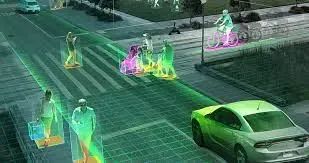
Originally developed by Intel in the late 90s, OpenCV is now one of the best options for open source CV development. Although the library is still written in C++, the Python wrapper opencv-python is very useful for CV applications like deep learning because it retains the speed of the original C++ code while still having the advantages of Python.

Additionally, since opencv-python creates NumPy arrays as output, we can immediately transfer the data to other Python tools, such as SciPy, Matplotlib, or other ML tools. The result is a machine that can see more than just pixels, it can differentiate products, perform quality assurance checks, and process its environment in intricate detail.
Build a bridge for communication between systems
When machine builders create products, they often don’t prioritize the ability to communicate beyond the human machine interface (HMI). Add to this the fact that many machines run proprietary code that is very close to the hardware, and IT/OT convergence on the IT side becomes even more difficult. If these machines can't speak the same language, how do we get them to communicate with each other?
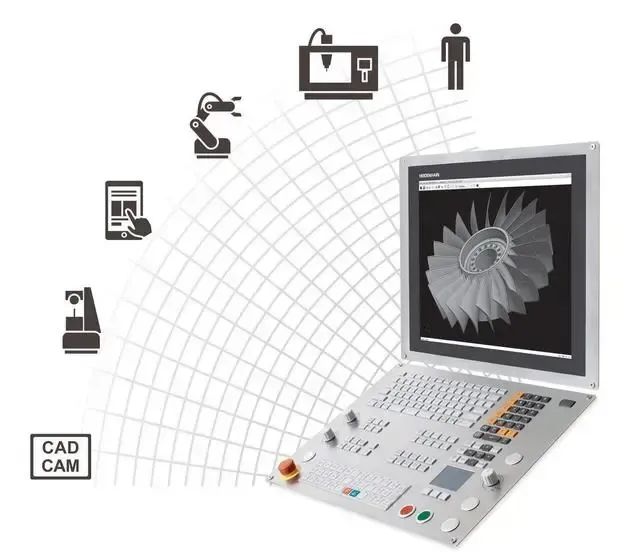
Well, we need a translator - Python is up to the task. Programs like OpenMTC act as middleware or "software glue" for M2M and IoT applications. For example, if we put this middleware on a device like a Raspberry Pi, then a Python script takes the data from one source, converts it, and sends it to a different machine in a format that the other machine can read.
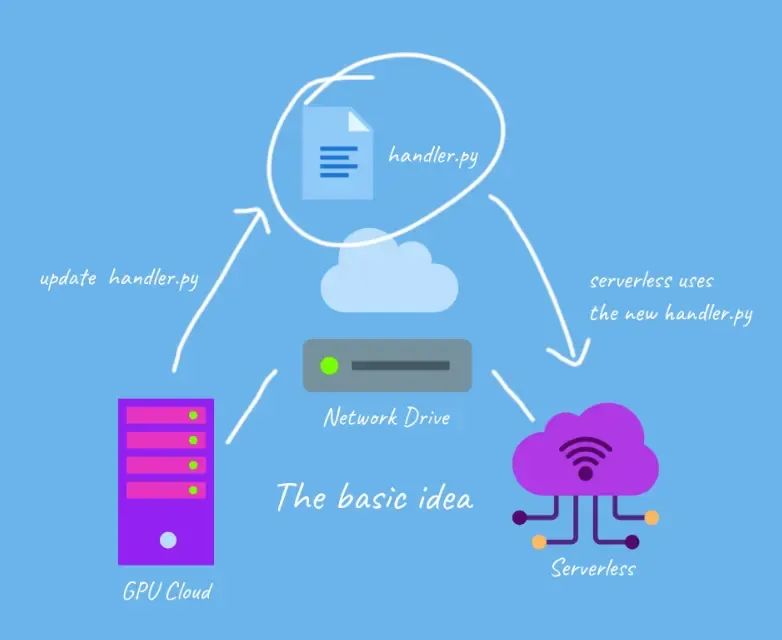
A simple example is any manufacturing process that is temperature sensitive. While the machinery may not be able to adjust the temperature on its own, its thermometer can take a reading and if the temperature crosses a certain threshold, it notifies the middleware, which can then tell the heater to lower the temperature of the thermostat.
We can apply this logic to any machine that depends on the output of another machine. Furthermore, not only can we use this approach to integrate current machines to improve performance, it can also open the door to new possibilities.
One area is driverless cars, which will optimize traffic patterns, shorten commute times and reduce accidents by communicating with other vehicles on the road. It can be expected that Python will be a key module in the future of the Internet.
Summarize
While we may not end up using Python to control machine hardware or interface directly with manufacturing equipment, that doesn't mean that Python doesn't have industrial applications.
When we look at Industry 4.0 from a big-picture perspective, we find that data is its key feature. We are overlaying the digital world directly onto the physical world. That’s why we need Python: to bridge the gap between them, to handle the unprecedented amounts of data we are generating, and to enable macro control.